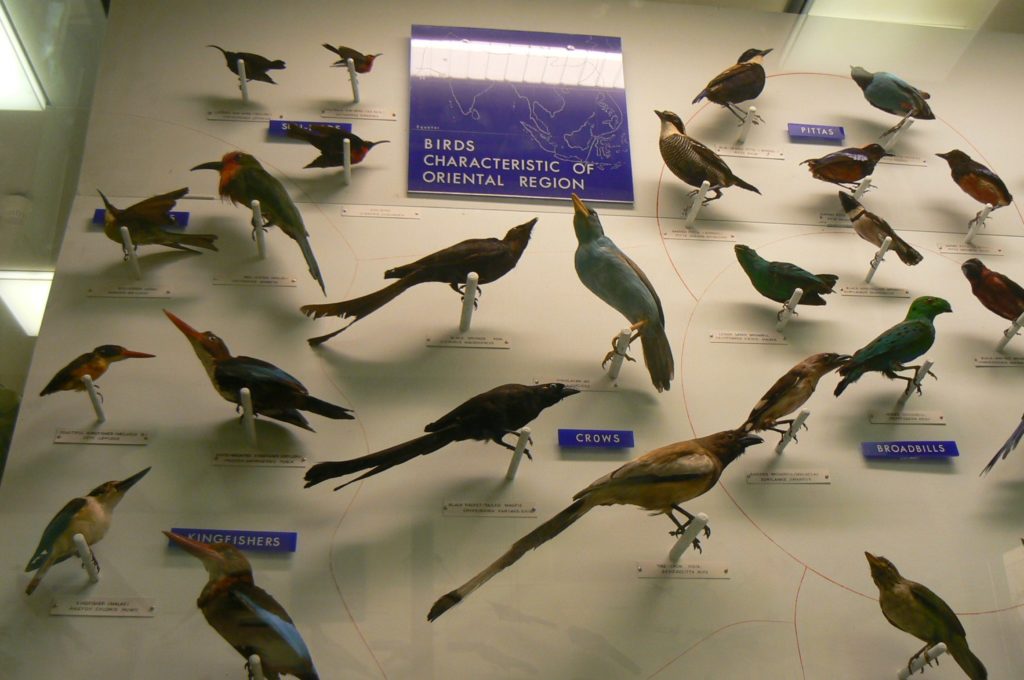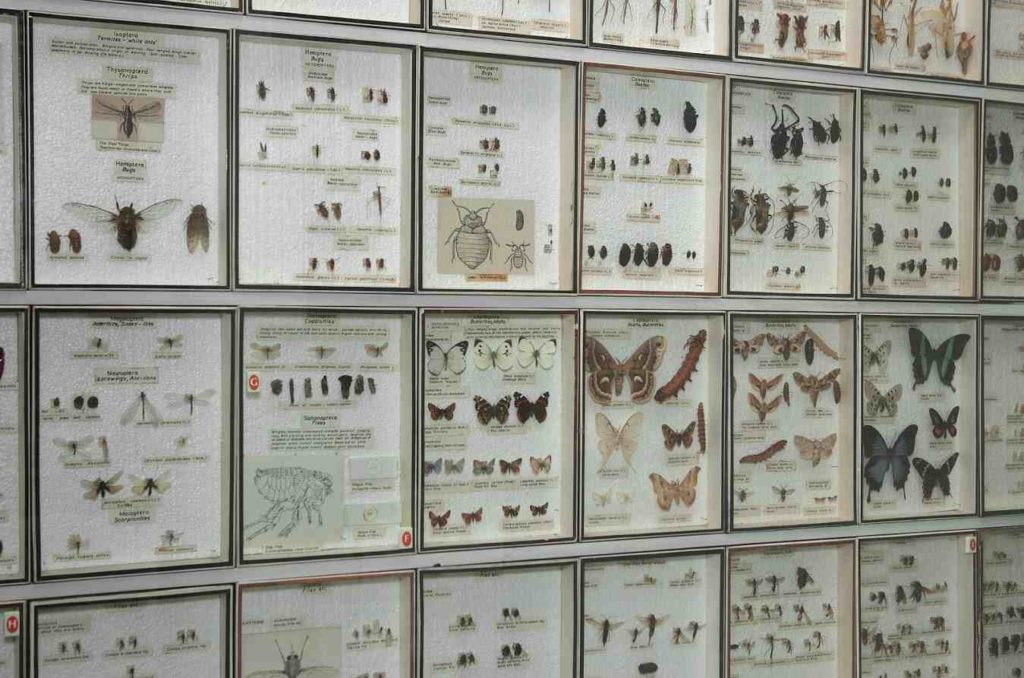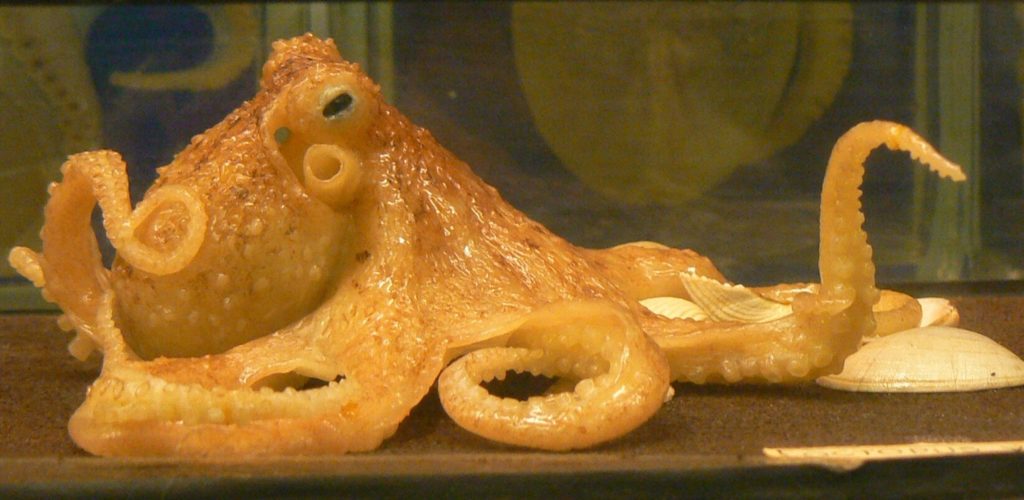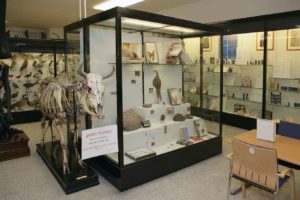The Bell Pettigrew Museum is one of several venues the Museum Collections Unit cares for. The museum first opened in 1912, and in 2011 one of our guest bloggers and University students, Gillian Carmoodie, explained why she thinks it’s still got all it’s charm almost 100 years later:
I first came to the Bell Pettigrew museum as a psychology student. I’d been getting through my first-year as a psychology undergraduate with reasonable ease but there was a hint of underlying frustration starting to build. For all my good intentions at the start of my degree, after only a few months, my attention was beginning to drift during lectures and I was struggling to motivate myself to complete work and meet various deadlines. It took only one visit to the Bell Pettigrew museum to change that.
The problem wasn’t that the psychology lectures were dull. Indeed, for the majority of the psychology classes, the complete opposite was true. It was all extremely interesting but I was somehow missing something. I was missing that magic spark of inspiration, the kind that kicks off an immediate visit to the library to get more on what’s just been discussed in the latest lecture or lab class.

My first visit to the Bell Pettigrew museum was the conclusion to an appointment with Dr. Martin Milner. We had met for the first time earlier that morning to discuss how I might be able to enrol on a basic-level biology module, primarily to satisfy a need to be working through more module credits in-order to qualify for full-time funding. That morning I had told Martin about how my modules in psychology didn’t seem to be fulfilling my keen interest for a degree and not long after, perhaps in sensing a student on the cusp of a subject change, Martin introduced me to the Bell Pettigrew.
Upon going through the double-doored entrance for the first time, I was both astonished and humbled by what I saw. Glass-panels reaching from floor to ceiling spanned the whole length of the walls. Behind them, a vast and highly organised natural history collection lay awaiting a curious gaze and my wide-eyed surprise. Many specimens were contained within glass cylinders, carefully labelled with what the specimen was and who had collected the item – all intricately inscribed in beautiful and lavish inked hand-writing. In the centre of the museum, further cabinets stood containing fossils, bones and the equipment of biological days gone by. Reaching higher than the top of these central cabinets, an enormous cast of a Diplodocus’s femur (thigh bone), donated by Dunfermline’s famous Andrew Carnegie, demonstrated just how inconceivably large some of the extinct beings from past ages used to be. Huddled near this voluminous piece are the skeletons of a racehorse (called Eclipse), a carthorse, a camel and an ox.

Despite the Bell Pettigrew’s limited size, the museum appeared to represent all the animal groups I could think of and seemed to contain many thousands of specimens. As we walked round the collection, Martin gave me a brief overview of the museum’s history. Even better, not only was the museum interesting in its current form but it also had a fascinating history and had received the attentions of several hard-working, influential biologists, each contributing to both its collections and success.
Eventually Martin decided to leave me to wander around the museum myself, encouraging me to consider a biology module or two. His invitation was not necessary – my mind had already decided, somewhere within the Bell Pettigrew, that studying some biology was a must. As I heard Martin’s footsteps disappear down the corridor, I continued on with my wandering. Wandering and discovering, finding hidden treasures within the displays.

I lost a further two hours in the Bell Pettigrew that morning, the pull of the exhibits making me forget the time. Morning turned into late afternoon and as I went to leave, I signed the guestbook. I wrote:
“21.01.08: This makes me feel like a kid discovering things. Absolutely amazing. Thank you.”
This first visit to the Bell Pettigrew museum was back in January 2008 and I’ve now been a Zoology honours student for just over 3 years. Within a day or two after my visit I had put in my request to be enrolled on the next Biology of Organisms module and a year later, having studied Psychology and Biology side-by-side, I switched schools and formally became a Zoology undergraduate. I’ve never regretted the decision – it was one of the best I have ever made. I liked psychology very much but I absolutely adore biology.

During my time as a trainee zoologist, I’ve visited and studied and brought visitors to the Bell Pettigrew countless times over. The inspiration and wide-eyed wonder still hasn’t left me and from time to time, I’m still able to find a new pair of eyes looking back at me from within the cabinets.
Inspiration from the Bell Pettigrew often reaches me from beyond the museum itself. A quick glance through the glass-panels on the entrance doors, snatched on route to the next lecture or workshop, is usually enough to persuade me to give that dreaded lab report or unfinished essay another go later on in the day. The workspace located in the very centre of the museum has provided a quiet and inviting refuge to bring particularly difficult work and uninterrupted reading to on many occasions. Now as I approach my final undergraduate year at St. Andrews, the whole of the Bell Pettigrew will open up to become a workspace as I work on my final-year project. This will involve using some of the exhibits and creating my very own museum display within the Bell Pettigrew itself. As the summer draws to an end and a new term gets ever closer, I simply can’t wait to get started.
Words by Gillian Carmoodie